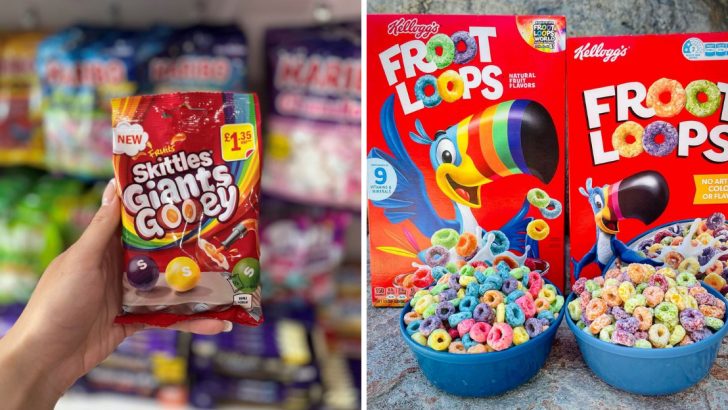Many beloved American foods undergo surprising makeovers when crossing the Atlantic. In the U.K., familiar favorites transform in ways that can be charming, baffling, or downright unrecognizable.
These culinary shape-shifters reveal just how dramatically traditions and tastes can evolve in different corners of the world. Here are a dozen American staples that look almost nothing like you’d expect on British shelves.
1. Cheetos
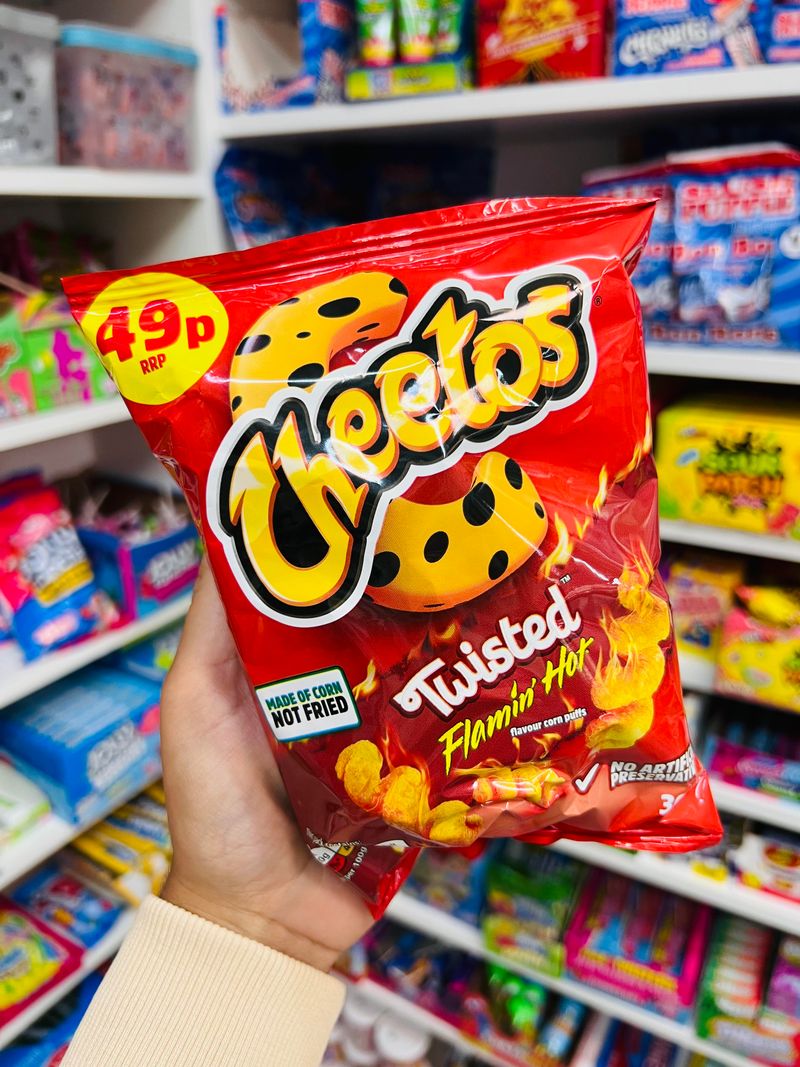
Forget those fluorescent orange fingers! British Cheetos won’t stain your hands like their American counterparts. The U.K. version comes in mellower colors and often different shapes altogether.
While American Cheetos proudly flaunt their radioactive-looking cheese dust, British varieties opt for subtler hues and milder flavors that won’t alarm your British friends. Some U.K. Cheetos even come in completely different varieties like “Twisted” or “Shots” that American snackers wouldn’t recognize.
2. McDonald’s Fries

Holy size difference! American McDonald’s fries typically arrive in supersized portions that would make a Brit’s eyes pop. The U.K. “large” size looks suspiciously like an American “medium” – cultural portion control at its finest.
Color and texture diverge too. British fries tend to be slightly thicker, goldener, and less uniformly cut than their American siblings. The seasoning varies subtly as well – U.K. fries often have a more natural potato flavor with less salt.
3. Mountain Dew
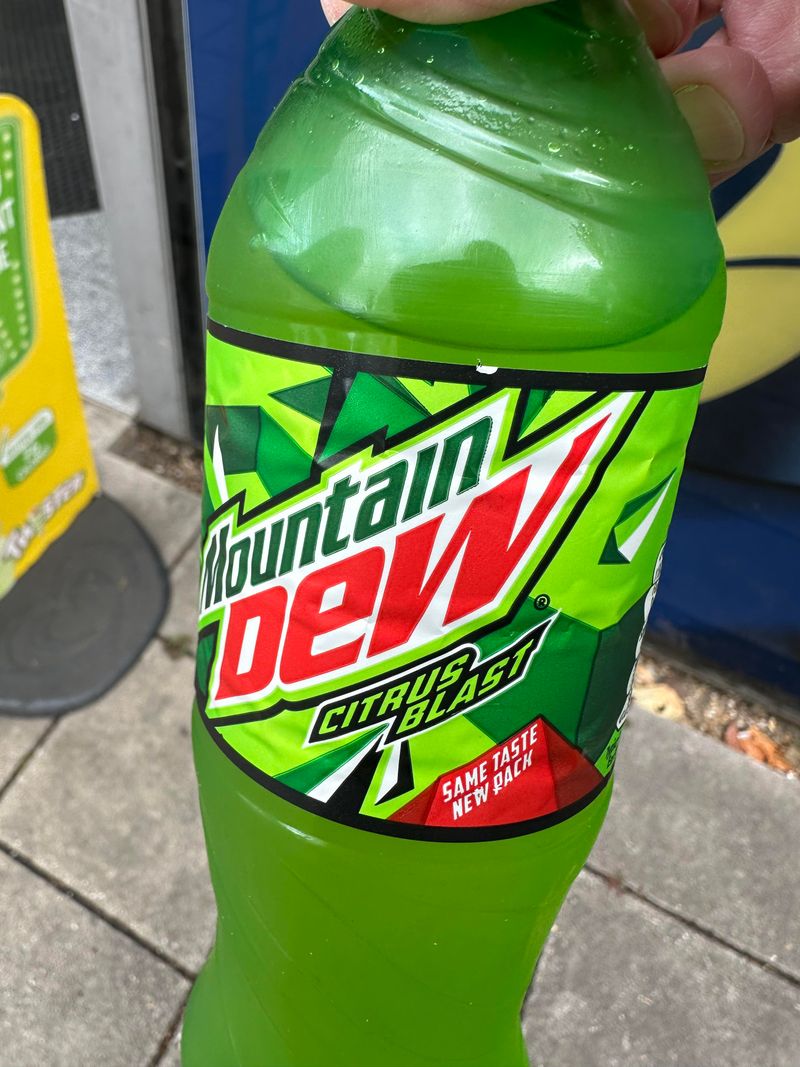
Neon green rocket fuel or mild-mannered citrus drink? American Mountain Dew packs a caffeine punch that could jumpstart a car, while the British version barely has enough zip to wake a sleeping kitten.
European food regulations forced Mountain Dew to dramatically reduce caffeine levels and remove brominated vegetable oil when entering UK markets. The result? A drastically different drink that’s practically unrecognizable to American Dew devotees.
4. Heinz Ketchup
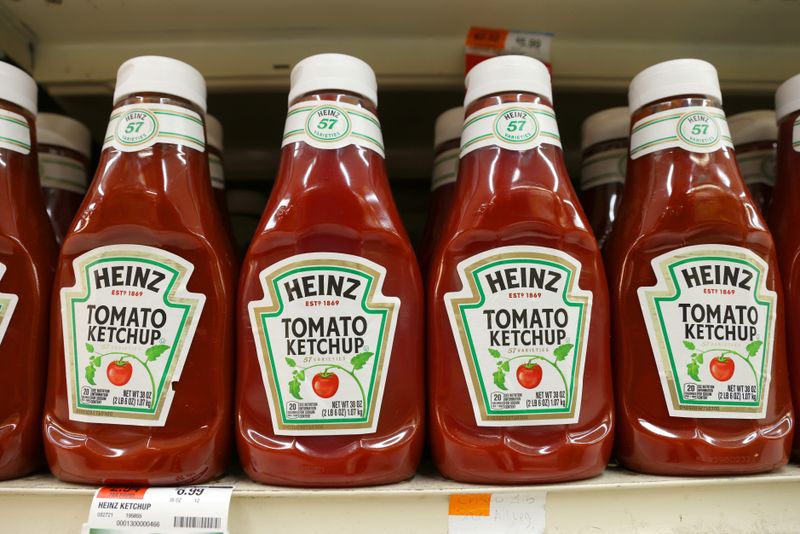
Squeeze that bottle! American Heinz ketchup comes in iconic plastic squeeze bottles, while British supermarket shelves feature more glass bottles than their American counterparts. The shape differs too – British bottles often sport a more traditional silhouette.
Look closer at the label and you’ll spot the telltale difference: British bottles proudly declare “Tomato Ketchup” while Americans simply see “Ketchup.” It’s as if the British need reassurance about what’s actually in the bottle!
5. Doritos
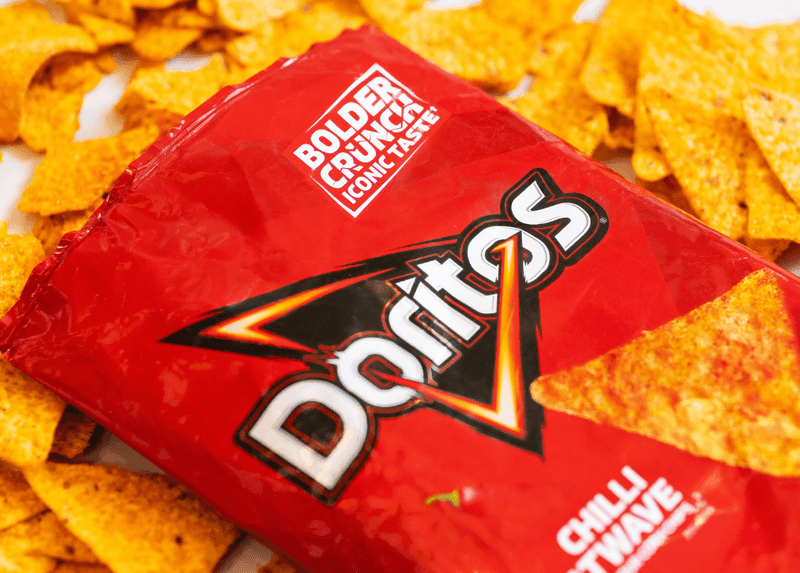
Americans clutching their Cool Ranch bags would be utterly confused in British chip aisles. That beloved flavor goes by “Cool Original” in the UK – as if ranch dressing were some exotic American concept too confusing to explain!
Flavor adventures diverge wildly across the pond. UK exclusives like “Chilli Heatwave” and “Tangy Cheese” dominate British shelves, while classic American varieties like “Spicy Sweet Chili” might be nowhere in sight. Even the chip thickness differs slightly – British Doritos often have a more substantial crunch.
6. Kellogg’s Frosted Flakes

“They’re Gr-r-reat!” transforms to “They’re Tasty!” when Tony the Tiger crosses the Atlantic. In the UK, you won’t find Frosted Flakes – instead, look for “Frosties” on the cereal shelf!
Box designs diverge dramatically too. American packaging features Tony prominently with bold blue backgrounds, while British boxes often use warmer colors and different promotional imagery. Even the flakes themselves look different – UK Frosties tend to have a slightly thicker coating of sugar.
7. Froot Loops

Rainbow explosion or subtle pastel palette? American Froot Loops dazzle with vibrant artificial colors that could double as disco lights. British versions look like they’ve been left in the sun too long – noticeably paler and less varied in hue.
The flavor spectrum narrows dramatically in the UK. While Americans enjoy a variety of fruit flavors, British Froot Loops often taste uniformly of lemon-orange, regardless of color. This bizarre flavor limitation leaves American kids utterly baffled when visiting their British cousins.
8. Gatorade

Tracking down Gatorade in the UK feels like a scavenger hunt! While Americans enjoy entire supermarket aisles dedicated to the sports drink, British stores might stock just one or two flavors – if they carry it at all.
The bottle design undergoes a complete transformation. American Gatorade comes in distinctive curved bottles with wide-mouth openings, but UK versions often appear in more standard European bottle shapes. Even the logo placement and label design differ noticeably.
9. Skittles

Purple panic! American Skittles fans visiting the UK might have an existential crisis when they discover grape-flavored purple Skittles don’t exist in British packs. Instead, they’ll find blackcurrant – a flavor that’s practically extinct in America.
The differences don’t end there. UK Skittles feature slightly more muted colors and different flavor distributions. Green Skittles in America taste like green apple, while British green ones deliver lime flavor – a distinction that has caused international candy confusion.
10. Pop-Tarts
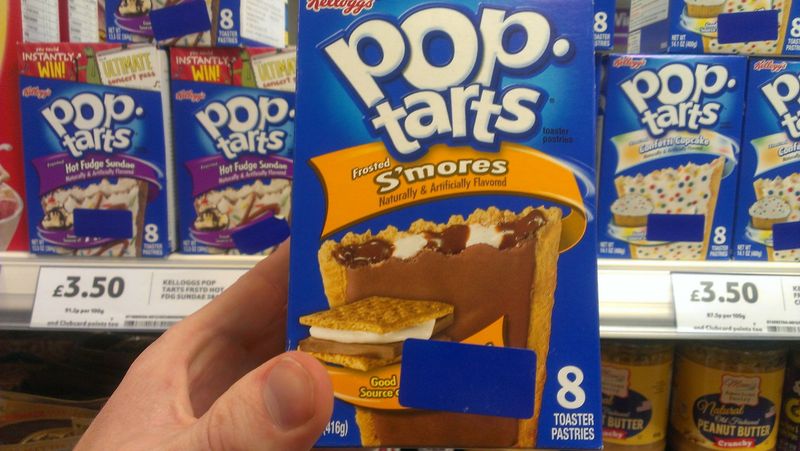
Prepare for portion shock! British Pop-Tarts look like they’ve been hit by a shrink ray compared to their American cousins. UK versions are noticeably smaller and thinner, with less filling and frosting to boot.
Flavor variety takes a nosedive across the pond. While Americans enjoy dozens of wild options from Hot Fudge Sundae to Pumpkin Pie, British shoppers might find just two or three basic flavors. Strawberry and Chocolate reign supreme, with many American favorites completely absent from UK shelves.
11. Pizza
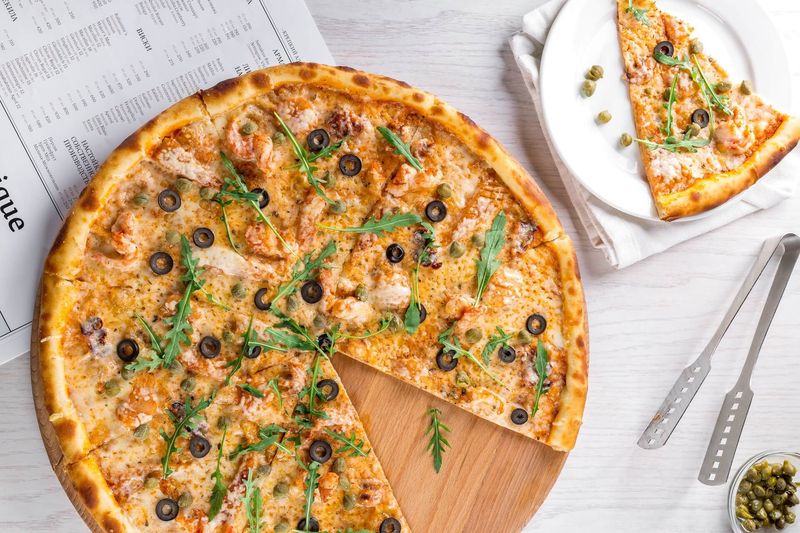
Corn on pizza?! American tourists recoil in horror at this common British pizza topping. UK pizzas feature bizarre (to American eyes) toppings like sweetcorn, tuna, and prawns that would never make it onto an American pie.
The crust philosophy diverges dramatically too. While Americans debate deep dish versus thin crust, British pizzas often split the difference with bases that aren’t quite either. Chain restaurants like Domino’s and Pizza Hut offer completely different menu items and crust options in the UK.
12. Pancakes

“Those aren’t pancakes – they’re crepes!” Americans exclaim when served British “pancakes.” UK versions are dramatically thinner, wider, and less fluffy than their American counterparts, resembling what Americans would call crepes.
Serving styles create further confusion. While Americans stack their thick pancakes high and drown them in maple syrup, Brits typically roll their thin pancakes and add minimal toppings – often just lemon juice and sugar. No butter mountains or syrup lakes in sight!

